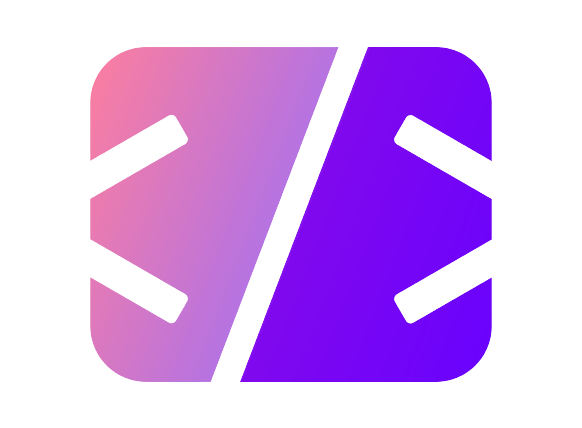Hello world
The so-called “Hello World” program is a small computer program that uses a simple print method to output the text “Hello World”. This shows in a simple way which instructions and components are required for a complete, executable program in a certain programming language. The “Hello World” program is often the first port of call for any programming language.
print("Hello World")Output
Hello WorldYou can also store the string “Hello world” in a variable and then output it:
msg = "Hello world"
print(msg)Another way is to use multiple strings, like this:
print("Hello", "world")
